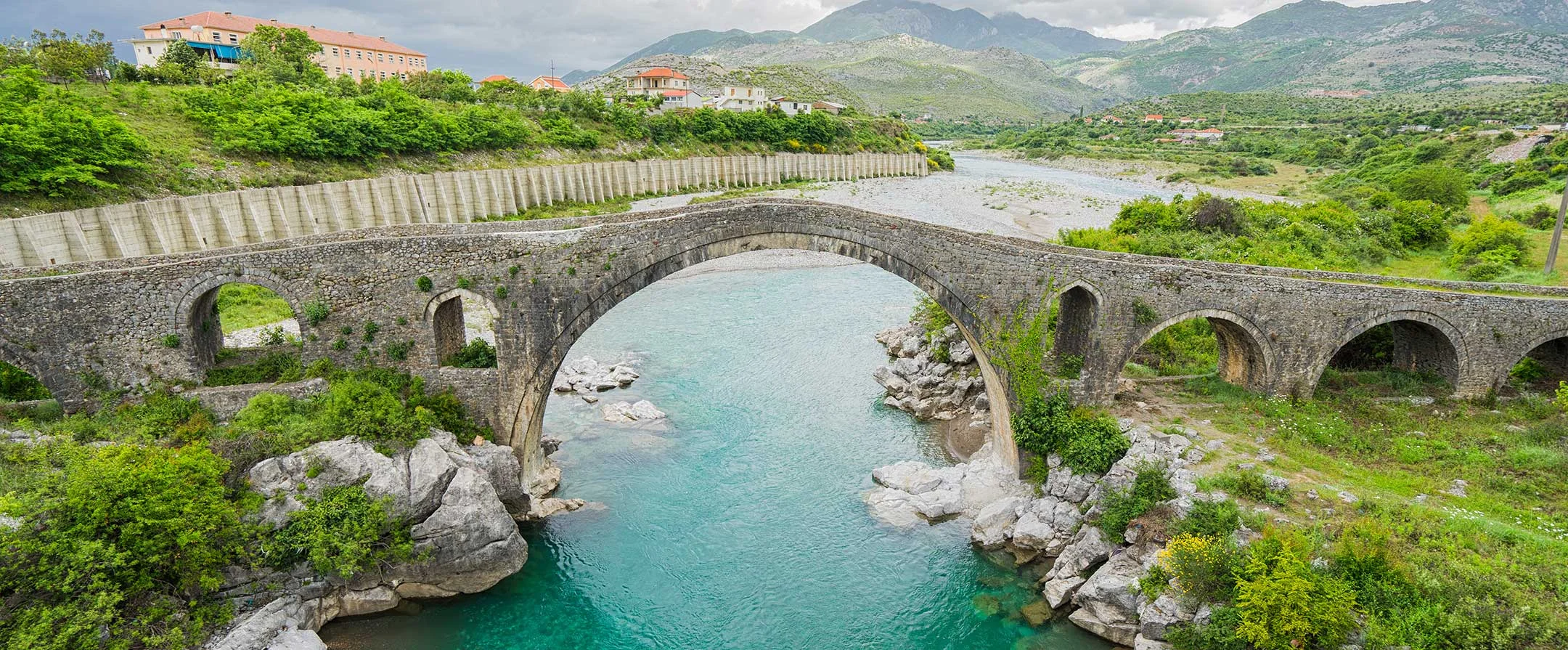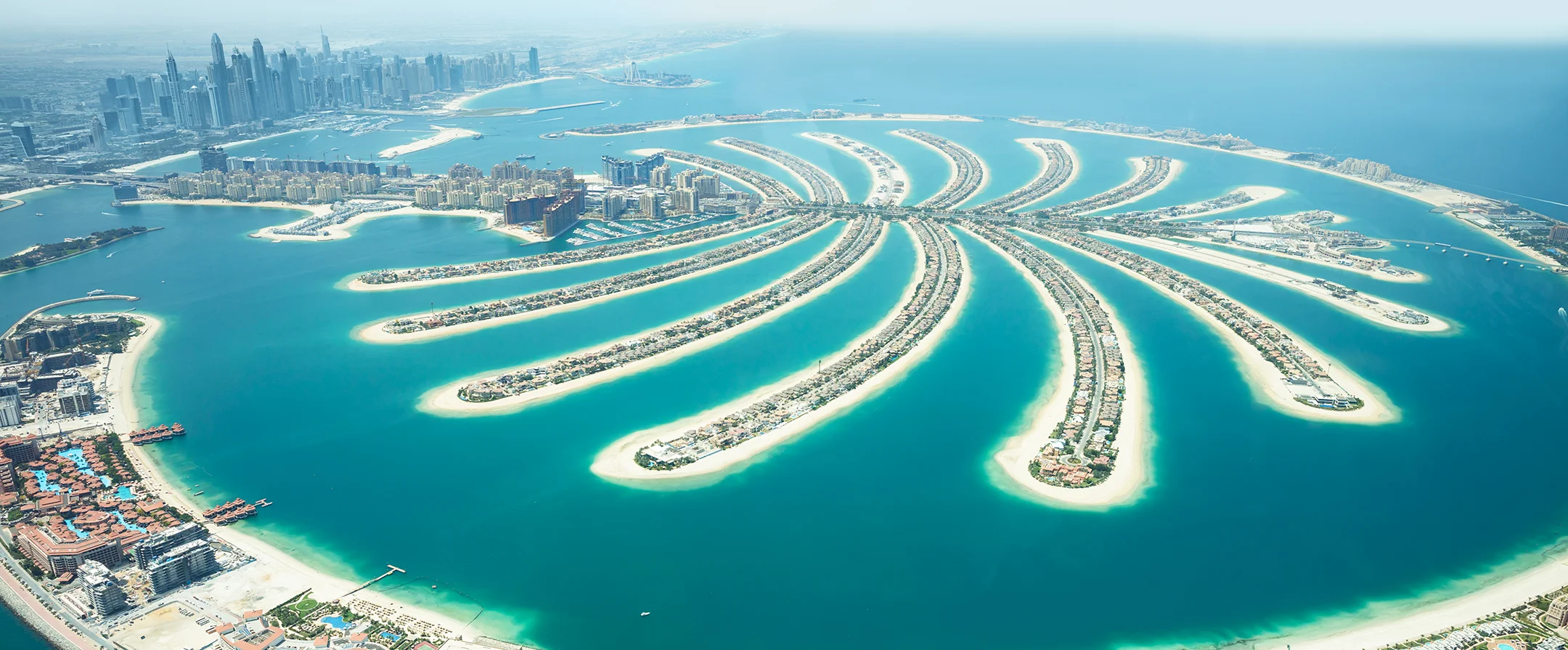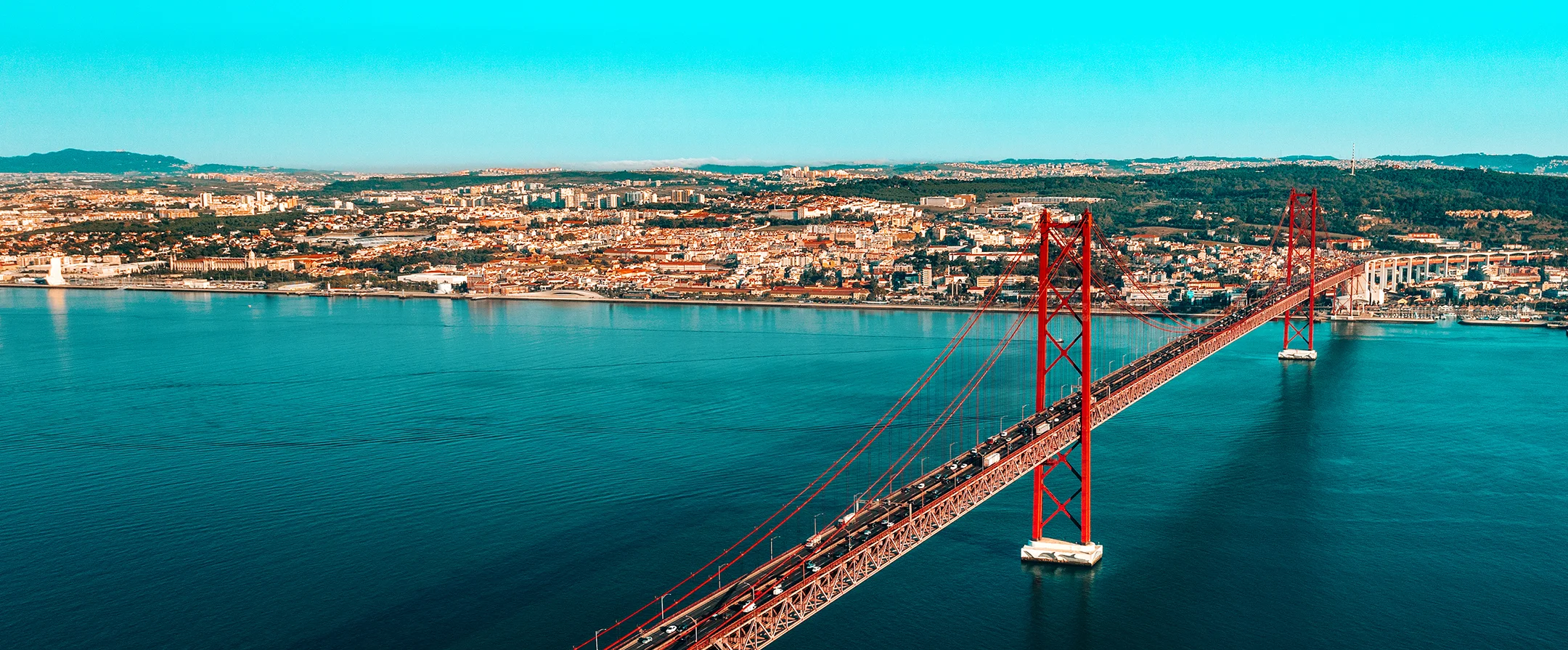Project Description
Renting a car to have a true journey around Croatia is not just a good idea, it’s a great idea. With a car, you can easily fit into a short vacation some leisure time on the beach, driving to the mountains, walks through ancient towns, dinners in authentic restaurants, and driving along panoramic coast roads. Travelling around Croatia by car is a feast for the heart!
To avoid wasting precious travel hours searching for a suitable car, it's best to find and book a car in advance online.
5 benefits of booking on Gretopia
- Current and accurate rental prices and optional extras. The price is fixed at the time of booking in the voucher.
- When placing your order, you make an advance payment of 15-20%, and you pay the rest when you pick up your car.
- You can pick up a car in one city and drop it off in another one.
- The website is user-friendly and intuitive. All the conditions are written in simple language.
- Customer service is there for you any day and in any situation.
Picking up and dropping off
You can meet the rental agent either in the city or at the airport.
- Inspect the car carefully and mark any existing damage on the inspection diagram.
- Take photos or record video of the car, just in case.
- Read and sign the agreement, pay the rest of the order price and make a deposit (if required).
Popular places around Croatia

Split Croatia – Travel Guide Flights & Hotel Deals
Discover the best things to do in #Split. Book tickets and activities online with our best price guarantee! Read reviews about top tours and attractions in Split. All what you need to know about getting to your next perfect trip with #Gretopia. Find deals on #flights, #hotels, #car_rentals and more..

Dubrovnik Croatia – Travel Guide Flights & Hotels
Dubrovnik, #Croatia, is a lovely city on the #Adriatic_Sea and is a popular resort area. The beaches, bars, historical monuments and architecture make this spot a hidden gem.. All what you need to know about getting to #Dubrovnik with #Gretopia. Find deals on #flights, #hotels, #car_rentals and more..
Basic traffic regulations and fines
- 50 km/h within towns
- 90 km/h outside towns
- 110 km/h on expressways
- 130 km/h on toll roads.
The speeding fine depends on where and by how much you have exceeded the speed limit.
Within towns:
- exceeding up to 10 km/h – €30
- 10-20 km/h – €60
- 20-30 km/h – €130
- 30-50 km/h – €390-920
- over 50 km/h – €1,320-2,650 fine or imprisonment for up to 60 days.
Outside towns:
- 10-30 km/h – €60
- 30-50 km/h – €260
- over 50 km/h – €660-1,990.
Be sure to observe the traffic regulations, especially the speed limits. Even on toll roads. There are many speed cameras and radars on Croatian roads.
Drivers should give way to pedestrians on a zebra crossing. The fine is €60.
All passengers must ride buckled up. The fine is €130.
A child under 150 cm in height can only ride in the front seat in a special child restraint system; and children under 135 cm in height must ride in the rear in child safety seats and booster seats. The fine is €130.
On narrow mountain roads, uphill traffic always has the right of way over the downhill traffic.
From November 1st through March 31st, switching on low beam or daytime running lights is mandatory when driving at any time of day. During the rest of the year, low beam is only required in low visibility conditions and when driving through tunnels. The fine is €30-60.
During the cold season, when the roads are covered with snow or ice, winter tyres are mandatory. You should always have snow chains with you from November 15th through April 15th when travelling in mountainous areas.
Drivers must not use mobile phones without a special hands-free system. You can’t drive with two headphones in your ears. The fine is €130.
If your car breaks down, you must wear a reflective vest on the road. The fine is €30.
The maximum permitted blood alcohol content is 0.5‰, for drivers under the age of 24, it is 0‰. The penalty is from €90 to €2,650 or imprisonment for up to 60 days.
How to communicate with the local police
Show your driver’s license, insurance, and vehicle registration certificate. If you are driving a rental car, you must have your rental agreement with you.
How to pay the fine
If you pay a fine under €265 on the spot to the police officer, you get a 50% discount.
Is it difficult to drive in Croatia?
- Locals like to overtake both where it’s allowed and where it’s prohibited to do so. It’s best to give way to such reckless drivers.
- There are many elderly drivers in Croatia. Treat them with understanding and don’t rush them by honking the horn.
- Don’t worry about being honked around a lot: the locals often greet each other this way.
- When it rains, the mountain serpentines are quite slippery. Be careful.
- Take your time on narrow stretches of the road, especially in the mountains. Give way to oncoming cars if it is easier for you to do so.
Try to follow the general rhythm of the traffic and adjust to it. It won’t be difficult because the traffic is fast but very smooth and generally safe.
Good luck on the roads in Croatia.
In Croatia, parking can be free or paid. Parking areas can be recognised by the relevant signs and road markings.
Look carefully at the signs before parking your car. They can be hidden from view in the treetops. But even if they cannot be seen from the road, they still remain in force.
Free parking
Paid parking
- Open car parks and parking garages with a boom barrier.
- On-street parking spaces.
In a car park with a boom barrier, you take a ticket at the entrance and pay for it at a parking meter or cash register at the exit. Don’t lose your ticket, or you will have to pay a fine. The period of stay in such car parks is usually unlimited.
You will recognise paid on-street parking by coloured markings on the pavement and/or a “P” sign with the parking rates.
The sign includes the information on the working hours, parking time limit, parking rates, available payment methods, and free parking hours.
- Zone I – city centre. The parking rate is €1.60 per hour. Parking for no more than 2 hours.
- Zone II – €0.70 per hour. No more than 3 hours.
- Zone III – €0.30 per hour. No time limit.
- Zone IV – €0.70-1.30 per day.
Paying for parking
- At the nearest TISAK kiosk. Once you have parked your car, go to the kiosk, ask for a parking ticket and tell the salesperson your license number, zone, and the parking period you are paying for. Pay and take your receipt. You had better keep it for a while, and you don’t have to put it under the windscreen.
- At a parking meter. Find the nearest parking meter, deposit the required amount, press the green button, and take the ticket. Be sure to place the ticket under the windscreen so that it is visible to the parking inspector. Parking meters do not give change. Some parking meters accept cards, but most only accept coins.
- Via SMS. Send a text message with your car license number to the phone number shown on the sign. Enter your car license number without spaces or special characters. You will receive the confirmation of your payment in a reply to your message. With one message you pay for one hour. To extend the time, you need to send another message. Payments are only accepted from local SIM cards.
- In the app. If you plan to stay in Croatia for a longer period, you can install a dedicated app on your phone and pay for parking in the app. In 2023, you can use aircash.eu and bmove.com around the country, ZagrebParking in Zagreb.
Watch your paid parking period carefully. Overdue parking is treated as unpaid parking.
Fines
Tenant is responsible for paying the fines.
If your car is obstructing traffic, it may be towed out of the car park or “wheel-clamped”. In this case, you will not only have to pay a fine, but also the towing costs.
So, it’s best to avoid violating parking rules.
Most of toll roads have toll-free alternatives. The regular roads are basically as good as motorways but they are mostly two-lane and pass through populated areas. The journey is longer but more interesting.
If you want to avoid travelling on toll roads, set “Avoid toll roads” in your navigation app settings.
How to use motorways
Car rental prices
- IA – Motorcycles
- I – Cars under 1.9 metres high
- II – Cars over 1.9 metres high and cars with trailers.
All passenger cars fall into category I. Tall crossovers with roof racks and minivans can also fall into category II. It all depends on the car’s height.
Toll costs in Croatia
| Motorway | Length, km | Toll cost, € | ||
|---|---|---|---|---|
| Motorcycle IA |
Passenger car I |
Cars over 1.9 m high, cars with trailers II |
||
| Zagreb – Dubrovnik, A1 | 483 | 18,40 | 30,60 | 47,60 |
| Zagreb – Split, A1 | 378,5 | 14,40 | 24 | 37,60 |
| Split – Dubrovnik, A1 | 113,6 | 3,90 | 6,60 | 9,90 |
| Zagreb – Macelj, A2 | 55,1 | 3,80 | 6,40 | 9,60 |
| Zagreb – Lipovac, A3 | 264,8 | 10,20 | 16,90 | 25,60 |
| Zagreb – Goričan, A4 | 108,6 | 13,60 | 22,70 | 34,20 |
| Zagreb – Rijeka, A1, A6 | 135,40 | 5,50 | 9,20 | 16,80 |
Have a nice road trip!
Fuel prices
- Petrol 95 – €1.51
- Petrol 98 – €1.97
- Diesel – €1.41
- LPG – €0.86
Fuel prices vary at different petrol stations in Croatia. Along the toll roads, the fuel prices are about 10-15% higher than on the toll-free roads.
Most petrol stations accept card payments, and you can always pay in cash.
How to fill up at local petrol stations
- Drive up to the petrol pump, turn off the engine.
- Take a nozzle and fill up with fuel. You control the volume yourself by looking at the display.
- Go to the cashier, tell your petrol pump number and pay.
Make sure that the fuel meter is reset before refuelling, otherwise, you will have to pay for someone else’s fuel.
- Stop at the necessary fuel pump.
- It is usually equipped with a self-service terminal. There are several languages to choose from, including English.
- Enter the fuel pump number and select the fuel you want.
- Insert your card and enter the pin code. If the card is accepted, €100 will be deducted from your account. Don’t be alarmed, this amount is temporarily reserved. The remaining amount will be returned to the card later. Not all petrol stations take a deposit, sometimes you can enter the amount at once.
- Fill the necessary amount of fuel. Take your payment receipt.
Petrol stations often have loyalty programmes, and if you travel with locals, you can save money: just give them the required amount in cash, and they will fill you up with their card.
Have a great trip!
Be sure to explore scenic old Zagreb. It is one of the few places on earth where you can walk through the ancient streets at dusk and see the lamplighter manually lighting the street lamps.
The car will take you up to Sljeme, the highest peak of the Medvednica range. You’ll enjoy gorgeous scenery, explore Medvedgrad Castle, and finally, have dinner in one of the mountain chalets surrounding the castle, which serves homemade Croatian food.
An hour’s drive from the capital is the Plešivica wine region where you can taste the famous red wines. Plan an overnight stay because there’s no way you can resist wine tasting!
Be sure to go to Plitvice Lakes, take selfies against the waterfalls, and order a trout dinner at the restaurant.
Krka National Park is one of the most interesting places along the coast, with crystal clear sea, steep mountain slopes, famous Skradinski Buk waterfall, medieval fortress, and… a Michelin-starred restaurant.
Don’t miss the amazing town of Kaštela, which is an agglomeration of seven villages. Each has its own ancient fortified castle!
And of course, the Croatia experience wouldn’t be complete without some leisure time at a top beach in Brela (according to Forbes).





























